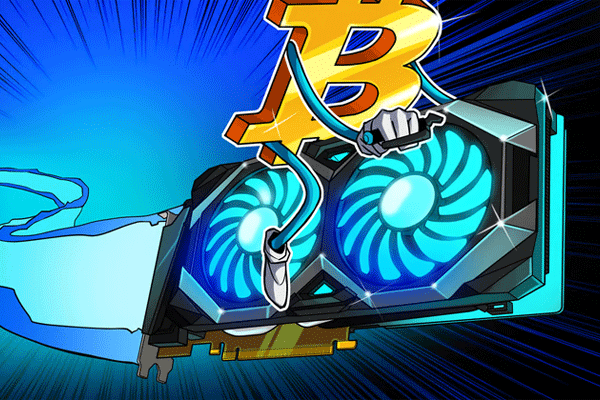Tracking data shows that Bitcoin hash rate exceeds 1 Zetahash for the first time in history

Data from multiple sources shows that the Bitcoin network rate once soared to more than 1 Zetahash per second, becoming one of the most powerful supercomputers in the world.
According to multiple blockchain data sources, the Bitcoin network hash rate exceeded 1 Zetahash per second (ZH/s) for the first time in Bitcoin's 16-year history.
According to mempool.space data, Bitcoin's hash rate broke the milestone on April 5, reaching a peak of 1.025 ZH/s, while data from BTC Frame showed that Bitcoin's hash rate reached 1.02 ZH/sa the day before.
Data from Coinwarz shows that Bitcoin's hash rate soared to 1.1 ZH/s at block height 890,915 on April 4, however, the same data shows that Bitcoin exceeded 1 ZH/s for the first time on March 24.
Differences in Bitcoin Hash Rate Trackers
These differences arise from different methods of calculating hash rate - for example, when block times and difficulty adjustments are measured, which Bitcoin nodes and mining pools are used to extract data, etc.
Bitcoin cypherpunk Jameson Lopp also previously pointed out that estimating Bitcoin’s hash rate with one “trailing block” instead of five “trailing blocks” results in a difference of more than 0.04 ZH/s.
“Looking at the raw hash rate metric can be misleading due to random variations in block times,” added Mitchell Askew, lead analyst at Blockware Solutions. In a note to Cointelegraph, he noted that Bitcoin’s 30-day moving average hash rate is still around 0.845 ZH/s.
Reaching 1 ZH/s is a huge network achievement
Despite the discrepancy, the feat highlights the Bitcoin network’s massive computing power and increasing decentralization, making it more secure than ever and significantly reducing the likelihood of a 51% attack.
Bitcoin network speed has reportedly risen to 1 ZH/s (equivalent to 1,000 Exahashes per second), a 1,000-fold increase since Bitcoin first hit 1 EH/s in late January 2016.
The second-largest proof-of-work crypto network, Litecoin, currently has a hash rate of 2.49 Petahashes per second, according to Coinwarz, which makes it about 40,000 times less computationally powerful than Bitcoin.
Askew noted that the sharp rise in Bitcoin’s hash rate in recent years has coincided with more commercial Bitcoin mining companies competing to solve Bitcoin blocks.
“Miners are doubling down: expanding their mining sites and investing in more efficient machines,” Askew said, adding that less efficient miners may soon be eliminated unless Bitcoin’s price rises again in the coming months.
According to the Hash Rate Index, MARA Holdings is the largest Bitcoin miner with more than 50 EH/s of computing power, while the lion’s share of hash rate is fed to Bitcoin mining pools Foundry USA Pool and AntPool.
At least 24 publicly traded Bitcoin companies have installed machines to mine Bitcoin, according to CompaniesMarketCap.com.
Other large miners contributing hash rate include Riot Platforms, Core Scientific, CleanSpark, Hut 8 Mining and TeraWulf.
Bitcoin hash rate surges as BTC plummets on recession fears
The all-time high in Bitcoin hash rate comes amid a sharp market downturn — Bitcoin has fallen nearly 10% in the past four days to $78,750, while U.S. stocks lost about $6.6 trillion on April 3 and 4 — the largest two-day loss ever.
Much of the decline is attributed to U.S. President Donald Trump’s tariff plan, which many industry analysts say has stoked recession fears.









